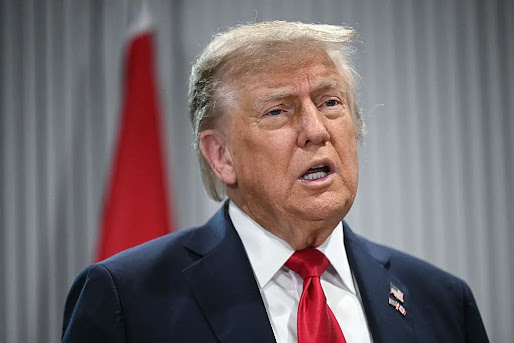Fordow Destroyed, Natanz Hit: U.S. Enters the Fray in Strikes on Iran’s Nuclear Sites
🌍 1. Breaking News Overview
On June 21–22, 2025, President Trump confirmed that U.S. Air Force B‑2 stealth bombers conducted coordinated airstrikes against three major Iranian nuclear facilities: Fordow, Natanz, and Isfahan. The action marked the first direct U.S. military involvement in Iran's nuclear infrastructure in decades and was described by Trump as “very successful,” with all aircraft exiting Iranian airspace safely.
🎯 2. Targets & Tactics
Fordow Fuel Enrichment Plant: An underground, deeply hardened site built into a mountain. The U.S. reportedly dropped Massive Ordnance Penetrators (GBU‑57 "bunker busters") to penetrate approximately 100 m of rock and concrete.
Natanz Nuclear Facility: Known for its advanced centrifuge halls, Natanz had already sustained Israeli bombardment. Satellite data shows power infrastructure was hit—possibly disrupting enrichment operations.
Isfahan Complex: The site houses uranium conversion and fuel component production. Strike reports suggest targeted hits on chemical labs and feedstock areas .
🧨 3. U.S.–Israel Coordination
These strikes were coordinated with Israel’s campaign, which began around June 13 targeting air defenses and nuclear infrastructure . Trump stated the U.S. strikes came after Israeli operations had softened defensive layers around the sites . According to Axios, the White House notified Israel beforehand .
🧭 4. Strategic & Diplomatic Context
Policy shift: Trump, often wary of foreign conflicts, reversed course—citing failed diplomacy and the Israeli government’s urging to disrupt Iran’s progress .
Diplomatic alarms: The escalation triggered debate in Washington. Some Republicans applauded the move; others, including Sen. Fetterman, questioned legal authority and potential regional fallout .
Iran’s response: Tehran acknowledged damage at Fordow but denied any radioactive leaks. Officials have vowed retaliation—including threats from Iran-aligned groups like the Houthis targeting US forces in the region .
🔍 5. Evidence & Imagery
Satellite footage of Fordow and Natanz (e.g., Planet Labs, Maxar) show structural damage and disrupted power grids.
Aerial/military imagery corroborates U.S. use of B‑2 bombers dropping bunker-busters on Fordow .
Ground-level photos from intelligence sources display cratered tops and collapsed tunnels—though official access remains restricted .
📊 6. Regional and Global Implications
| Aspect | Impact |
|---|---|
| Security | Immediate boost for Israel’s defense, but U.S. forces in region now under threat |
| Nuclear timeline | Delay to Iran’s breakout potential—but long-term production infrastructure likely repairable |
| Global dynamics | Pushes Middle East dangerously close to widescale conflict; allies are split, UN warned of risks |
🔮 7. What Happens Next?
Iranian retaliation is virtually certain—from direct strikes to proxy engagements across the region.
Diplomatic efforts will intensify, though trust in negotiation seems eroded.
Global oil and economic markets are likely to waver on instability and sanctions fallout.
🔚 Conclusion
These strikes signify a dramatic escalation—halting Iran's nuclear momentum, yet risking a broader confrontation. The carefully chosen targets suggest strategic surgical strikes, but repairing underground sites like Fordow won’t be easy. As both sides brace for repercussions, much hinges on whether diplomatic channels can cool the fire ahead.
Let me know if you'd like a deep dive into satellite imagery, analysis of bunker-buster effectiveness, or a timeline of nuclear proliferation efforts in the region.


No comments:
Post a Comment